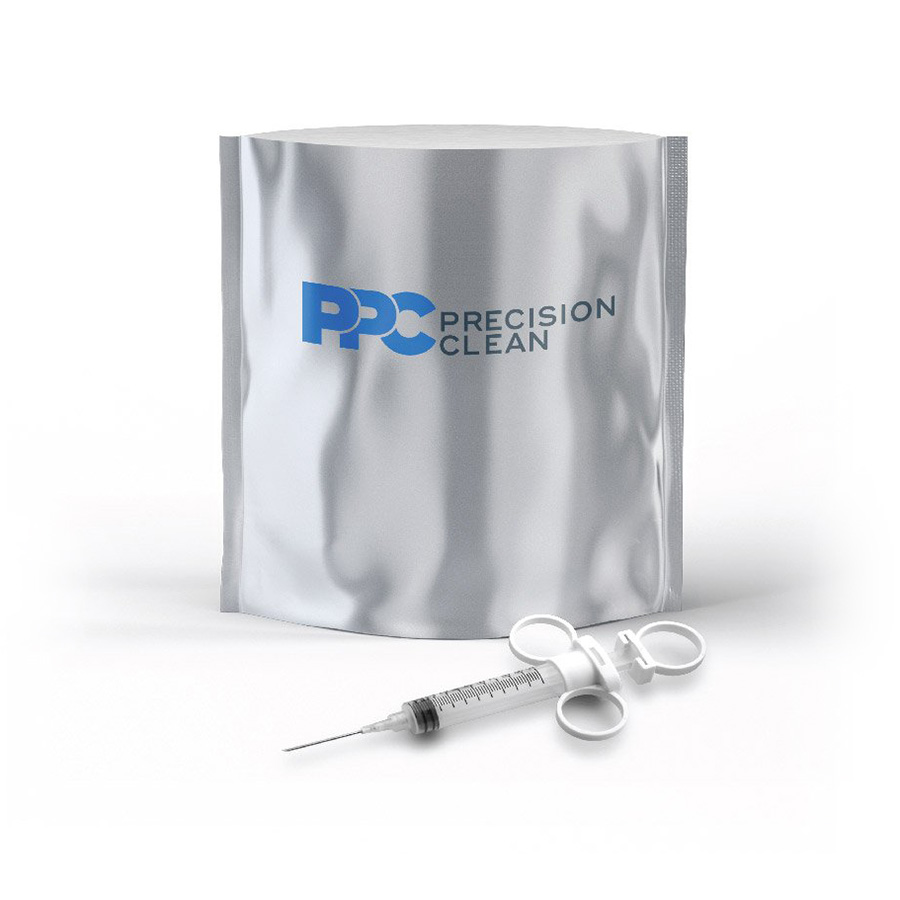Antistats are not typically amine free. Antistats contain a tertiary amine which is reputed to be able to crack polycarbonate circuit boards. It is the two free hydrogen tails formed by an ethoxylated fatty amine that allows the antistat to work. The hydrogen hangs out there, real lonesome, with one oxygen bond, better described as an -OH alcohol. That makes a polar group. (It is a magnet). Any humidity in the air, sticks to it. Now you have H2O. Because water is conductive, the surface of your bag is now antistatic – provided the bag is grounded. The material and bag have been engineered to work this way.
The more humidity and the better the antistat bloom the better they work. An obvious draw back is that they only work as well as the environment they are used in. Plus, they are “wet”; greasy, and a lot of customers think that is contamination. Another wonderful thing is that the antistats contain quaternary ammonium salts and this has been reputed to corrode silver solder contacts on circuit boards and electronics.
Even with that said, however, people still use Shield Bags with antistatic poly and Pink Poly for electronics packaging. They use it based on their experience and watching for effects. An alternative would be a carbon black bag with no amines or specifying the use of a non-amine antistat additive in the polyethylene.
